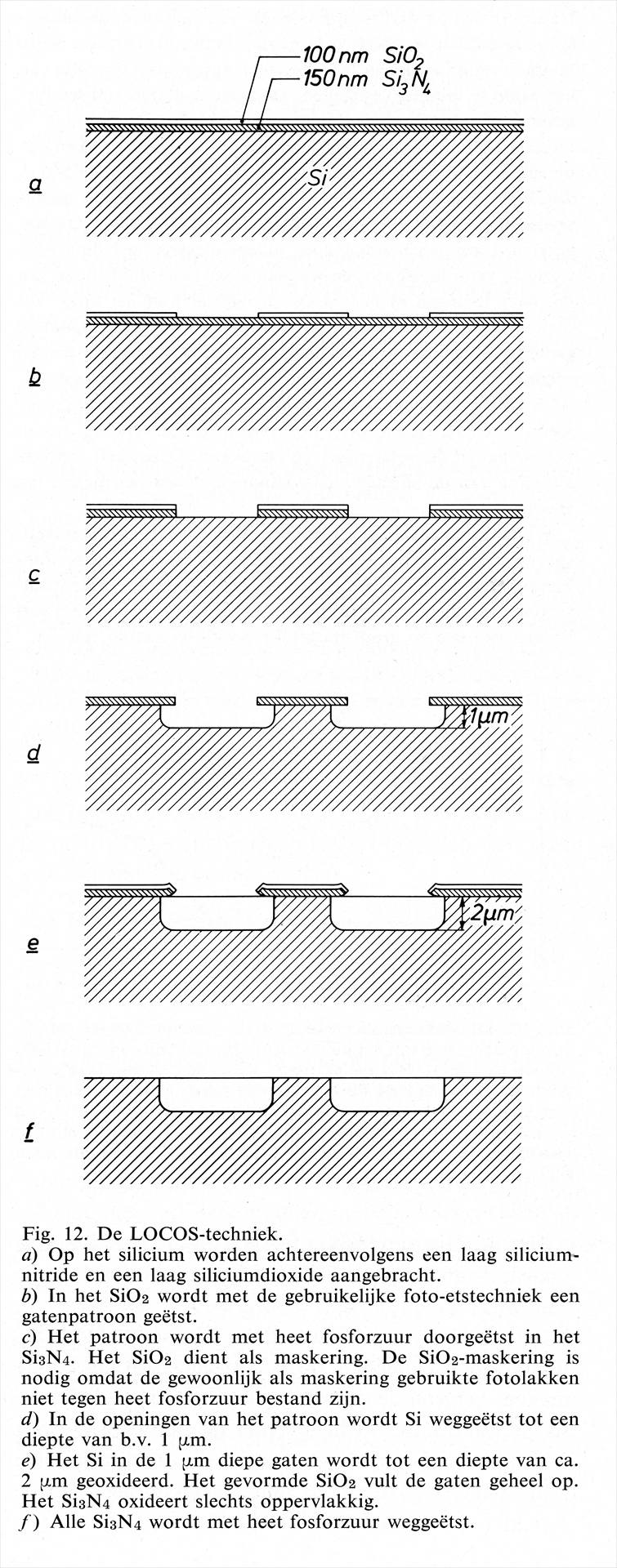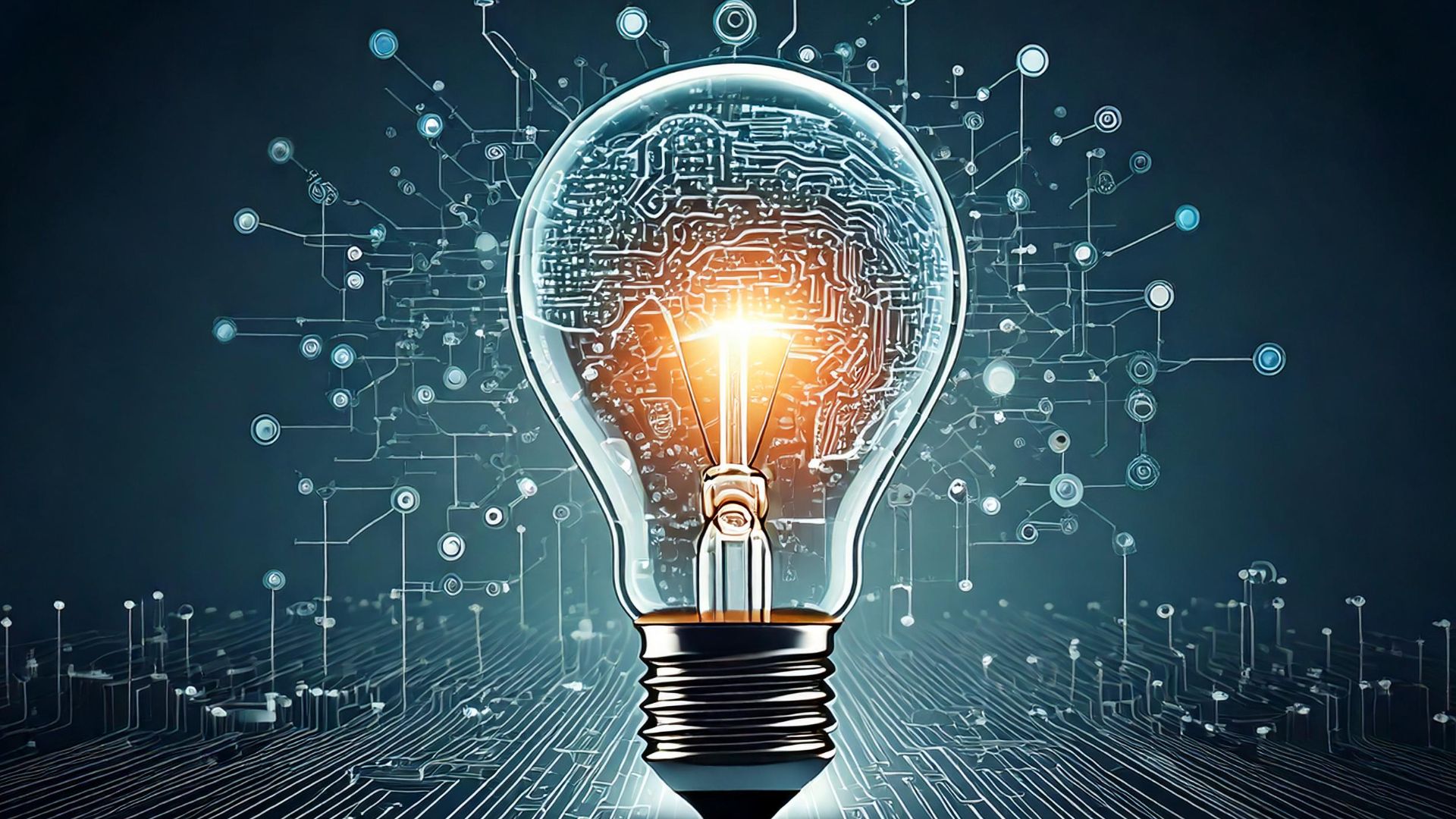The light bulb is behind the development of the digital age that led to the advent of artificial intelligence (AI). How? We dive into technological (founding) history: from light bulb to high-tech industry.
From the foundation of the light bulb, the electron tube evolved, followed by the step to triode; which ensured that electric current is amplified as well as being able to be switched on and off. Due to its switching properties, the triode has played an important role in digitization.
Origin of the light bulb
Some inventions hang in the air and take place more or less simultaneously. Such is the case with the electric light bulb. Mount a filament in a vacuum-pumped glass balloon, chase current through it et voilà: the filament begins to glow and gives light. A simple principle that in practice, however, takes a lot of headaches. Especially when it comes to a mass-produced product and not just a laboratory model. Of the many inventors working on it, Edison manages to improve the light bulb in 1879 and obtain a patent for it. In Eindhoven, Gerard Philips as an engineer was heavily involved in improving light bulbs and how they were produced. Philips' first patent dates from 1905 and concerns an invention by Gerard Philips to extend the life of carbon filament lamps.
Thermal emission
Several teething problems occur during the development process; the glass of the lamp turns a little black on the inside. To prevent this, Edison experiments with metal plates to shield the filament. Edison noticed that when he touched the socket of the lamp with the metal holder of such a plate, an electric current began to flow. He concludes that there are “free electrons” that therefore also emanate from the filament. An important discovery, which others build on.
First electron tube
The Englishman J.A. Fleming reasoned that the electron current could flow in only one direction, from the filament to the metal plate. With that, the first electron tube was born in 1904. Because there are two electrodes (filament and metal plate) in the tube, it is called a diode. The electrons move in only one direction.
Triode tube: the tube amplifier
Adding a third electrode in the tube, was done by American physicist De Forest. He mounted a grid between the filament and the metal plate and showed that with an electrical voltage on that grid, you could increase or decrease the electron flow from the filament to the metal plate. This invention is called the triode tube. With it, it is possible to amplify and switch electrical signals. In fact, you could turn the electron flow from filament (cathode) to metal plate (anode) all the way “on” or “off.”
From triode to transistor
Through frequent experimentation with the triode, Philips develops the pentode in 1926: an electron tube with five electrodes. This is a breakthrough in the field of electron tubes, which gained much prestige in the rest of the world. An important step in development is the technology for making an integrated circuit on the material silicon. With this technology it is possible, for example, to make transistors in a silicon slab and, more importantly, to interconnect them. In Philips' NatLab, a groundbreaking invention is made transistors are isolated from each other, making it possible to place them closer together on a single chip. Thus, new, smaller types of chips can be made. The new technique will be called LOCOS: LOCal Oxidation of Silicon. Without this technique, the production of modern chips - with millions of transistors - is unthinkable. It is a crown patent for Philips1.
However, an electron tube also has disadvantages namely its size and fragility (glass). The electron tube also consumes a lot of power and needs time after being turned on to work properly. Hence, after World War II, research is conducted into an alternative, made entirely of solid state. This results in 1947 in the first transistor (William Shockley and his team at Bell Labs). From then on, the function of the triode and pentode tubes is gradually taken over by the transistor. Since about 1970, combinations of all kinds of transistor circuits have been integrated into a single component: the integrated circuit or “chip”.

An explanation of the semiconductor fabrication process using the LOCOS technique in fabricating integrated circuits (image LOCOS).
From components to computers and software
The first electronic computers are assembled with electron tubes. The advent of the chip causes a meteoric development of hardware and software, improvement in computing power and speed of data processing.
Development into Artificial Intelligence
In summary, we can say that the incandescent light bulb as the forerunner of the chip has an important contribution in starting its development. From the foundation of the incandescent lamp, the electron tube developed, followed by the step to the transistor via the triode. Due to its switching properties, the transistor played an important role in digitization.
Driven by Moore's Law (doubling the number of transistors on a silicon wafer every two years), from the 1960s to the present, this has resulted in billions of transistors on a single silicon wafer and has thus enabled the developments of Artificial Intelligence.

Text: written by Philips Museum
Sources used: Philips Company Archives
Image: generated ai image 'from light bulb to high-tech industry'.

